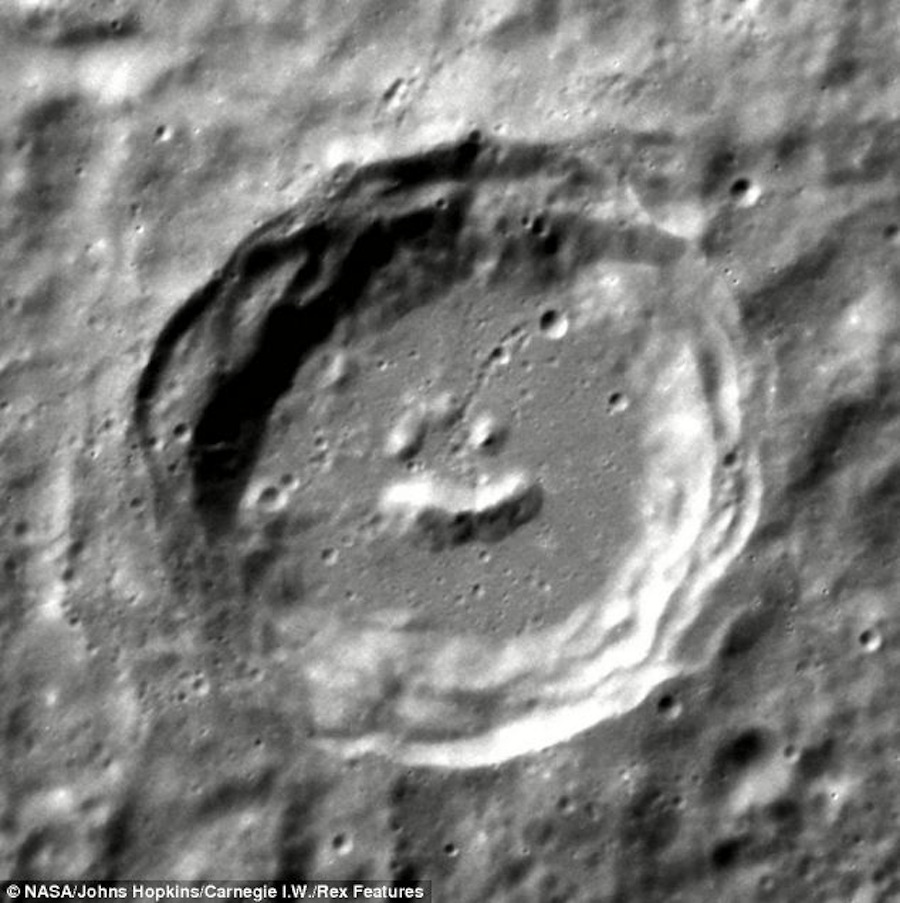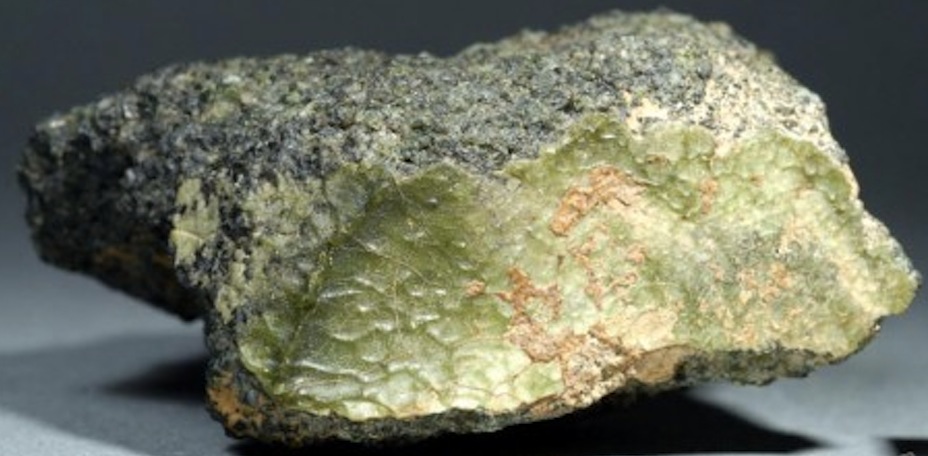
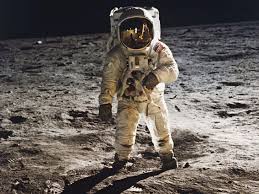

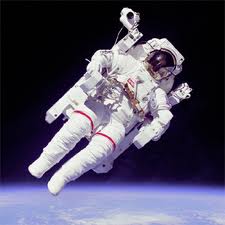
- Home1
- Solar System
- Universe
- Mercury
- Earth
- Mars
- Jupiter
- Saturn
- Uranus
- Neptune
- Venus
- Pluto
- Gravity
- Force
- Acceleration
- Radiation
- Dark Energy & Dark Matters
- Laws of Universe
- Black Hole
- Intern Article / Paper Publication
- Galaxy
- guestbook
- chatroom
- Blogger
- Membership

SPACE
CRAFTS

SPUTNIK
Sputnik was the first artificial satellite. It was launched into an
elliptical low Earth orbit by the Soviet Union on 4 October 1957.
The launch ushered in new political, military, technological, and
scientific developments; while the Sputnik launch was a single
event, it marked the start of the Space Age.[1][2] Apart from its
value as a technological first, Sputnik also helped to identify the
upper atmospheric layer's density, through measuring the
satellite's orbital changes. It also provided data on radio-signal
distribution in the ionosphere. Pressurized nitrogen in the
satellite's false body provided the first opportunity for meteoroid
detection.

MESSENGER
:[ Mission
duration Elapsed:9 years, 10 months and 22 days since launch 3
years, 3 months and 8 days at Mercury
](an acronym of
MErcury Surface, Space ENvironment, GEochemistry, and Ranging) is a
robotic NASA spacecraft orbiting the planet Mercury, the first
spacecraft ever to do so. The 485-kilogram (1,069 lb) spacecraft
was launched aboard a Delta II rocket in August 2004 to study
Mercury's chemical composition, geology, and magnetic
field.
MESSENGER became
the second mission after 1975's Mariner 10 (launched by NASA on
November 3, 1973) to reach Mercury when it made a flyby in January
2008, followed by a second flyby in October 2008,[5] and a third
flyby in September 2009.[6][7] Then MESSENGER entered orbit around
Mercury on March 18, 2011.
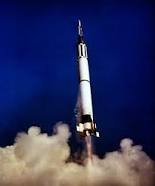
Mercury-redstone or
freedom 7
The second manned spacecraft was named Freedom 7,Mercury-Redstone 3, or Freedom 7 was the first United States human spaceflight, on 5 May 1961, piloted by astronaut Alan Shepard. It was the first manned flight of Project Mercury, the objective of which was to put an astronaut into orbit around the Earth and return him safely. Shepard named his capsule Freedom 7, setting a precedent for the remaining six Mercury astronauts naming their spacecraft. The number 7 was included in the spacecraft name to honor the seven members of NASA's Astronaut Group 1, the Mercury 7. Shepard and his colleagues felt the name conveyed a sense of teamwork, instead of an individual achievement.Shepard's mission was a 15-minute suborbital flight which reached an altitude of 101.2 nautical miles (187.5 kilometers) and traveled a downrange distance of 263.1 nautical miles (487.3 kilometers). It was the third Mercury flight launched with the Mercury-Redstone Launch Vehicle, from Cape Canaveral, Florida, close to the Atlantic Ocean.


Mercury
Mercury is the smallest and closest to the Sun of the eight planets
in the Solar System, with an orbital period of about 88 Earth
days
Mercury (Planet)
Radius: 2,440 km
Surface area: 74,800,000 km²
Distance from Sun: 57,910,000 km
Mass: 328.5E21 kg (0.055 Earth mass)
Length of day: 58d 15h 30m
Time to orbit the Sun 88 days
Comparison with Earth: 365 days, 6 hours
Gravity (Earth = 1) 0.38
Escape Velocity 15,300 km/h / 9,500 mph
Comparison with Earth: 40,248 km/h / 25,009 mph
Minimum Surface Temperature -173 °c / -279 °F / 100 K
Comparison with Earth: -88 °c / -126 °F / 185 K
Maximum Surface Temperature 427 °c / 801 °F / 700 K
Comparison with Earth: 58 °c / 136 ° F / 331 K
Orbits: Sun
Mercury (Chemical Element)
Symbol: Hg
Atomic mass: 200.59 ± 0.02 u
Mercury Marine (Company)
Founder: Carl Kiekhaefer
Founded: 1939

What is Mercury Planet & age ?
Mercury is the tenth largest world in the solar system, about one third the size of Earth and about the same size as Jupiter's moon Callisto (2439 kilometres radius). Its density is about the same as Earth and Venus. It has a magnetic field which is one hundred times weaker than that of Earth. Venus and Mars do not have significant magnetic fields, but Mercury may have a large iron core. Mercury's closeness to the Sun means that it formed from only the minerals that could survive high temperatures. Mercury probably melted due to heat released by radioactive minerals and its iron and other metals drained downward to the core. It has a very thin helium atmosphere.
Who its got name mercury ?
Mercury: The name of the Roman messenger god who ruled Wednesdays.
Greek name Hermes, also associated with magic and commerce A youth
was sacrificed to this god on Wednesdays. (French = Mercredi, the
English is after the North European god, Woden, who was also
associated with shamanism, wisdom and magic). It was also
associated with mercury alloys, brown, the number 4, the geometric
shape of a hexagon with a rectangle in it. The Chinese called this
planet The Hour Star, and associated it with the element water, the
direction north.
Mercury Containts & Geography :
Johann Schröter (1745-1816) tried to draw surface detail he could
see on Mercury. Percival Lowell (1855-1916) found canals on Mercury
built by intelligent beings. In 1919 Eugenius Antoniadi
(1890-1944), a Greek astronomer working in France, made a proper
chart of Mercury's surface.
In 1962 Mercury was surveyed from Earth using radar. The rotation period of 58.65 Earth days was discovered then. This is about two thirds of its year as it orbits the Sun at a distance of 45 to 70 million kilometres in 88 Earth days. This means that to an observer on Mercury, the Sun would appear to move very slowly through the sky. One Mercury day would last about 176 Earth days. The Sun's apparent motion across the sky would not only be much slower than on on Earth, but it would move at an irregular rate. You would see the Sun come to a halt, then it would appear to move backwards for a time, before continuing in its original direction, having performed a complete loop in the sky. And in some places on Mercury you would be able to see two sunrises and two sunsets in each Mercury day!
Mercury's long afternoons and its closeness to the Sun, make its surface very hot in the day, (more than 227 degrees Celcius) while the long nights can get very cold, down to -173 degrees Celsius. At Mercury's poles, the Sun remains low on the horizon, and the shadows are long dark and cold - there being little atmosphere to diffuse the light and heat. Observations made by bouncing radar off Mercury in 1991 suggested possible ice deposits in these locations.
In 1973-1975, most of the surface of Mercury was surveyed by Mariner 10. The features are named after poets, artists and musicians. After Messenger's first flyby, 10 new features were named on Mercury.
Inside Mercury
It was discovered that Mercury has a molten iron core. This takes
up a much larger part of the planet's interior than that of Earth,
Venus or Mars. It has been shrinking, causing the great long rocky
scarps on the surface.
Mercury's iron core is covered with a much thinner layer of rock
than that of Earth's. It has been estimated to not be more than 400
km. thick. As much of the core cooled, hardened and shrunk this
would have caused the rocky layer to scrunch up in the long
mountain ridges. New expeditions are planned to follow up the
discoveries made by Messenger. Summary of the latest information on
Mercury.


